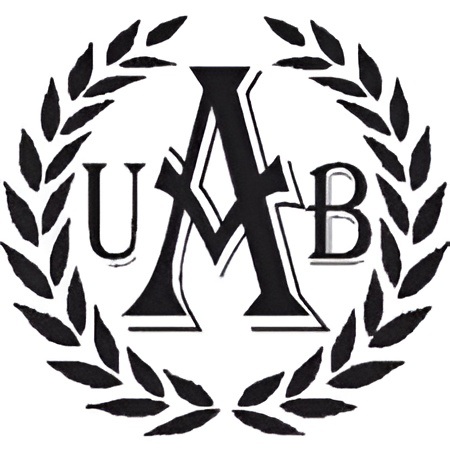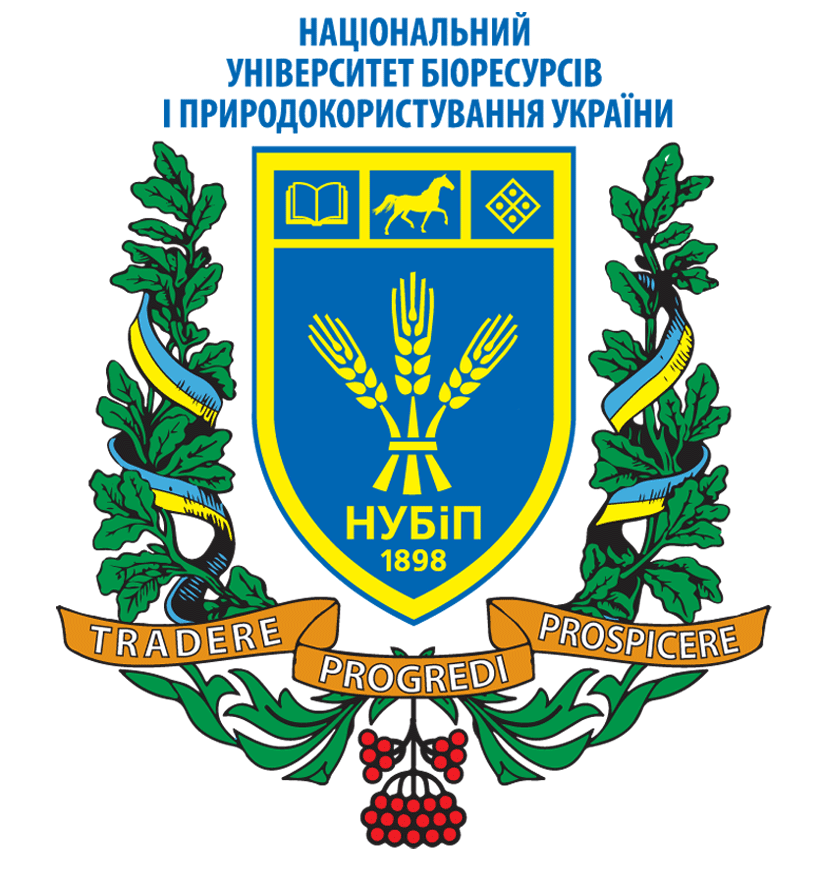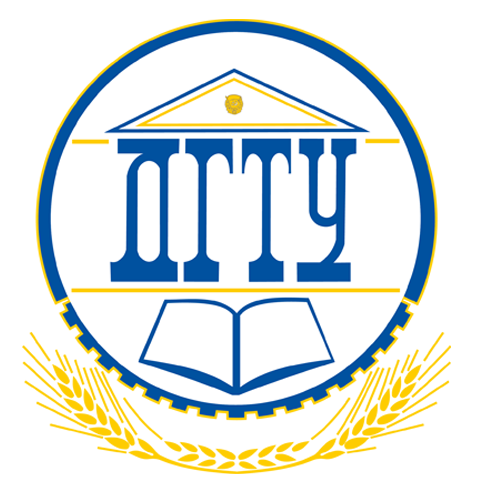The Changing Landscape Due to Technological Advancement and Its Influence on the Maasai Image in Ole Kulet’s the Hunter, the Varnishing Herds and the Elephant Dance
DOI:
https://doi.org/10.51867/Asarev.2.1.3Keywords:
African Landscape, Ole Kulet, Technological Advancement, The Elephant Dance, The Hunter, The Maasai, The Varnishing HerdsAbstract
This paper examines the implications of modern technology on Maasai culture as depicted by Ole Kulet in his novels The Hunter, The Vanishing Herds, and The Elephant Dance. The study employs textual analysis within the framework of descriptive qualitative research. Through critical reading of the primary texts, complemented by secondary materials such as scholarly articles, journals, and magazines, the research explores how various characters manipulate technological resources to adapt to the dynamics of modern society. The findings reveal that Ole Kulet not only narrates the deep relationships between landscape and humanity but also highlights the impact of technology in creating unfamiliar spaces within African contexts. These new spaces, introduced by cultures that perceive landscapes differently, disrupt traditional relationships and values. The study thus portrays how technological advancement in Africa has transformed landscapes, leading to significant repercussions on African cultures and identities.
References
Amadeo, K. (2020). The traditional economy with its characteristics, pros, cons and examples. Thebalance.com. Retrieved from https://www.thebalance.com/traditional-economy-definition-examples-pros-cons-3305587
Appadurai, A. (1996). Modernity at Large: Cultural Dimension of Globalisation. Minneapolis: University of Minnesota Press.
Durgesh, E. S. (2015). The impact of globalization on English literature with special reference to Girish Karnad's The Fire and the Rain. International Journal of English Language, Literature and Humanities, Vol. 116, Issue VII.
Gamborg, C., Palmer, C., & Sandoe, P. (2012). Ethics of wildlife management and conservation: What should we try to protect? Nature Education Knowledge, 3(10), 8.
Giddens, A. (1990). The Consequences of Modernity. Stanford: Stanford University Press.
Grassi, M. (2017). Wangari Maathai. Markkula Center for Applied Ethics at Santa Clara University. Retrieved from https://onlinelibrary.wiley.com/doi/10.1002/9781118924396.wbiee745
Hogan, P. (2009). World literature, globalization, and the loss of stories: On the political economy of narratives. Journal of Cognitive Semiotics, IV(2), 88-104. https://doi.org/10.1515/cogsem.2009.4.2.88 DOI: https://doi.org/10.1515/cogsem.2012.4.2.88
Kulet, H. O. (1985). The Hunter. Nairobi: Longhorn.
Kulet, H. O. (2011). The Varnishing Herds. Nairobi: Longhorn.
Kulet, H. O. (2016). The Elephant Dance. Nairobi: Longhorn.
Movius, L. (2010). Cultural globalization and challenges to traditional communication. Journal of Media and Communication, 2(1), 6-18.
Sauer, C. O. (1925). The morphology of landscape. California: University of California.
Thompson, M., Ellis, R., & Wildavsky, A. (1991). Cultural Theory. Westview Press. Social Forces, Vol. 70, Issue 2, 549-551.
https://doi.org/10.2307/2580273 DOI: https://doi.org/10.2307/2580273
Downloads
Published
Issue
Section
License
Copyright (c) 2025 Lydia Vidembu Madete, Tobias Omondi (Author)

This work is licensed under a Creative Commons Attribution-NonCommercial 4.0 International License.



















